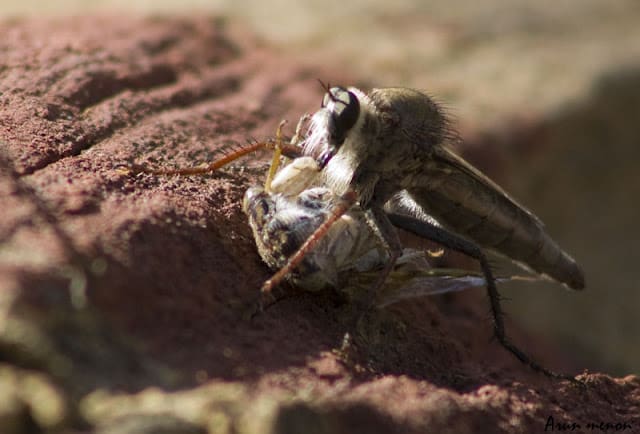Close Encounters of the Slithering Kind
These are not just encounters, but close encounters. In these situations I have either touched or been too close for comfort with certain members of the suborder SerpentesI’d never imagined that such a day would dawn. In 2008, I visited the Agumbe Rainforest Research Station (ARRS) with friends PD, Zak and Subbu. I must mention here that I was so scared of snakes that I was almost on the verge of being ophidiophobic. We were roaming the campus when station manager Prashant’s 4-year-old daughter found a baby Common Vine Snake (Ahaetulla nasuta) and caught it to show us. All four … Continue reading Close Encounters of the Slithering Kind




